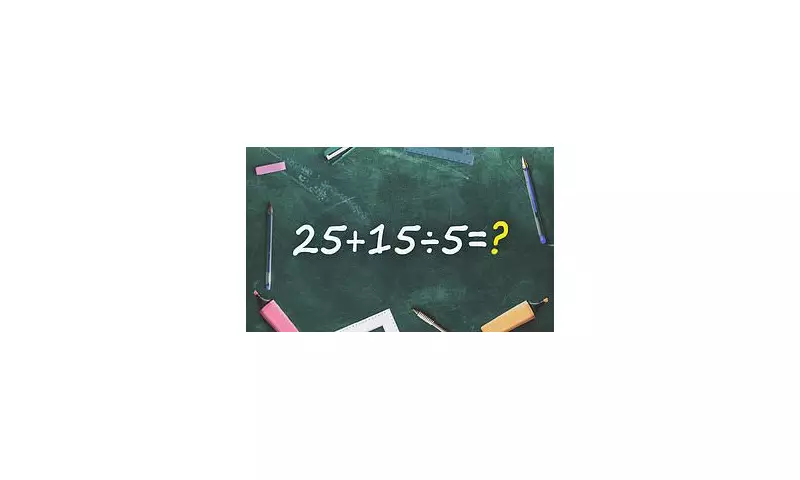
A deceptively simple mathematical equation has sent shockwaves across the internet, leaving even the most confident maths enthusiasts scratching their heads. The problem 6÷2(1+2) appears straightforward at first glance, but has sparked heated debates about the correct solution.
The Great Mathematical Divide
Social media platforms and online forums have become battlegrounds for two opposing camps, each convinced their answer is correct. The controversy stems from differing interpretations of mathematical order of operations, known as BODMAS in the UK or PEMDAS in other countries.
Why Can't We Agree?
The heart of the confusion lies in how we interpret the division symbol and the implied multiplication. Some argue the equation should be solved as:
- 6 ÷ 2 × (1+2)
- 6 ÷ 2 × 3
- 3 × 3 = 9
Others insist the correct approach is:
- 6 ÷ 2(1+2) where 2(1+2) is treated as a single term
- 6 ÷ 2(3)
- 6 ÷ 6 = 1
Even Calculators Disagree
Remarkably, different calculator models yield different results, adding fuel to the fire. Traditional calculators tend to give 9 as the answer, while some advanced scientific calculators return 1, depending on how they handle implied multiplication.
The Mathematical Verdict
According to modern mathematical convention, the generally accepted answer is 9. The operations should be performed from left to right after dealing with the brackets, treating division and multiplication as having equal priority.
However, the persistence of the debate highlights an important issue in mathematical notation. The ambiguity could be eliminated by using clearer formatting, such as additional brackets or writing the equation as a fraction.
This viral puzzle serves as a fascinating reminder that sometimes the simplest questions can reveal the most complex disagreements about fundamental rules we thought we all understood.





